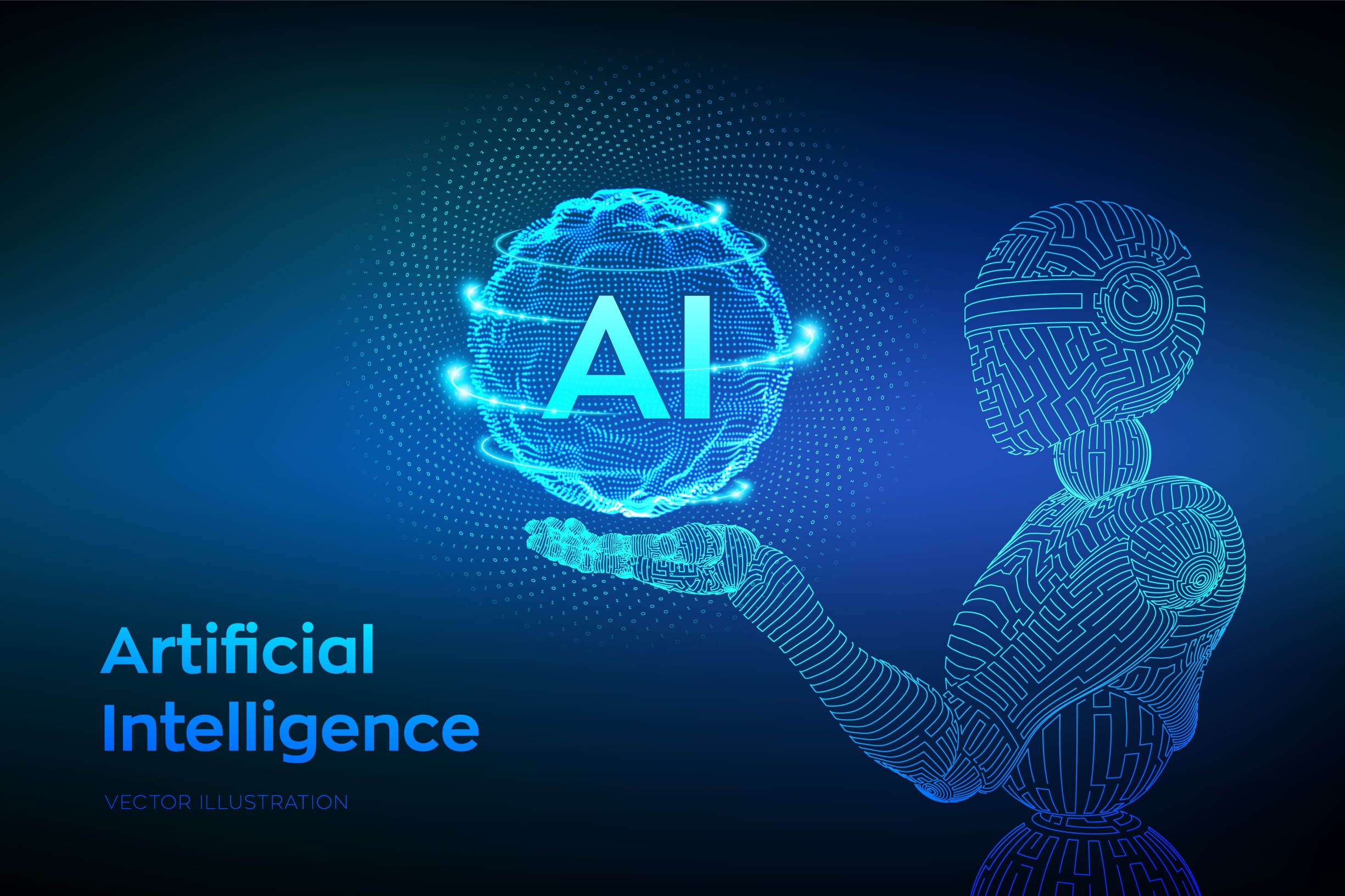Bridging AI Investment and Measurable ROI: A Strategic Approach for Businesses

AI presents a massive opportunity for organizations across industries. However, identifying the right AI initiatives and ensuring tangible return on investment (ROI) remains a challenge. CIOs and CFOs are under increasing pressure to justify AI expenditures, as financial decision-makers demand fast, measurable impact. This article delves into AI project selection, ROI measurement, and strategies for securing executive buy-in, while also exploring how the Virtual Delivery Center (VDC) model can accelerate AI adoption with minimal risk.
AI adoption has been sweeping across industries, promising improved efficiency, automation, and transformative capabilities. However, despite the enthusiasm, many AI initiatives fail to meet expectations, leading to cautious spending.
42% of companies reported that their Gen AI projects have yet to deliver meaningful results in 2024.
Half of CFOs say they will cut AI funding if it does not yield measurable ROI within a year.
Many organizations lack clear benchmarks for AI success, making it difficult to validate long-term value.
For CIOs, the challenge lies in bridging the gap between AI’s potential and CFOs' demand for quick results. The key? Prioritizing scalable AI initiatives that align with business goals, deliver quick wins, and ensure long-term innovation.
Choosing the right AI initiatives is the first step toward ensuring sustainable success. Many organizations struggle to balance innovation, cost, and risk, leading to misaligned AI investments.
1. Align AI with Business Strategy
AI investments should not be made in isolation. Every AI initiative should map to a company’s strategic objectives, whether it is:
Driving operational efficiency (e.g., automating supply chain forecasting).
Enhancing customer experience (e.g., AI-driven chatbots with improved NLP).
Unlocking new revenue streams (e.g., AI-powered predictive analytics for sales).
Using Michael Porter’s competitive strategy framework, CIOs can identify where AI fits best within their organization:
Cost Leadership: AI is leveraged to reduce expenses through automation and efficiency improvements.
Differentiation: AI is used to enhance products and services, making them more valuable than competitors’.
Focus/Niche Strategy: AI is deployed in specialized areas, targeting specific market segments.
2. Prioritize Scalability and Adaptability
Many AI projects fail because they lack scalability. AI models require continuous data updates, retraining, and infrastructure enhancements. To avoid dead-end projects:
- Build AI solutions with scalability in mind, ensuring they can be adopted across multiple departments.
- Select AI initiatives that can integrate seamlessly into existing workflows without major disruptions.
- Use Virtual Delivery Centers (VDCs) to scale AI projects efficiently without long-term commitments.
3. Focus on Quick Wins and Low-Hanging Fruit
To build confidence in AI, organizations should start small by implementing high-impact, low-risk AI solutions. Some of the best starting points include:
Automating routine processes (e.g., AI-driven invoice processing to reduce manual errors).
Enhancing customer service (e.g., AI chatbots for 24/7 customer support).
Optimizing supply chain logistics (e.g., predictive demand forecasting).
These areas yield fast ROI, creating a strong business case for further AI investment.
One of the biggest hurdles in AI adoption is proving its financial impact. Many companies fail to establish clear ROI benchmarks before launching AI projects, making it difficult to quantify success.
Key Metrics for AI ROI Evaluation
When assessing AI initiatives, CIOs should define measurable success criteria such as:
- Revenue Growth: Did AI-driven insights lead to higher sales or upsell opportunities?
- Time Savings: Has AI reduced manual work and improved productivity?
- Cost Reduction: Did AI decrease operational expenses or eliminate inefficiencies?
- Error Reduction: Has AI improved data accuracy and decision-making?
Tip: Organizations should track pre-AI baseline performance to compare improvements effectively.
Winning over financial leaders requires a strong business case, clear projections, and risk mitigation strategies.
1. Speak the Language of CFOs
When presenting AI initiatives, CIOs should translate technical benefits into financial terms.
- Instead of saying: “AI will improve customer sentiment analysis,” Say: “AI will increase customer retention by 20%, driving an estimated $5M in additional revenue.”
Clear financial projections build trust and justify investment.
2. Use Data-Driven Justifications
CFOs respond well to quantifiable evidence. Use case studies, pilot project results, and industry benchmarks to demonstrate AI’s potential impact.
For example, highlighting AI success stories from Virtual Delivery Centers can showcase the model’s ability to deliver AI-driven solutions without high upfront costs.
3. Reduce Risk Through Phased Implementation
Rather than requesting a large AI budget upfront, CIOs should propose a phased approach:
Phase 1: Pilot project with limited scope.
Phase 2: Expand successful AI applications across departments.
Phase 3: Scale AI adoption for enterprise-wide transformation.
This gradual rollout approach minimizes financial risk and allows organizations to adjust based on early results.
One of the biggest barriers to AI adoption is high implementation costs and long-term infrastructure commitments. This is where Virtual Delivery Centers (VDCs) offer a game-changing solution.
What is a Virtual Delivery Center (VDC)?
A VDC is an on-demand, cloud-based AI development and deployment model that allows organizations to:
- Access pre-vetted AI experts and development teams on demand.
- Scale AI initiatives without building in-house AI infrastructure.
- Reduce costs by eliminating fixed hiring and infrastructure expenses.
- Achieve faster time-to-market with agile AI delivery.
How VDCs Solve AI Investment Challenges
- Lower Risk: Companies can test AI models before committing to full-scale implementation.
- Faster ROI: AI projects are delivered in weeks, not years, ensuring quick wins.
- Flexibility & Scalability: Businesses can scale up or down based on demand, without long-term contracts.
- Access to Global Talent: No need to recruit AI specialists—VDCs provide plug-and-play AI teams.
Why VDCs Are the Future of AI-Driven Organizations
Traditional AI adoption models lock companies into rigid, expensive contracts. With a Virtual Delivery Center, businesses gain a dynamic, scalable AI strategy that aligns with modern enterprise needs.
Rather than building an in-house AI team, companies can tap into a VDC, ensuring faster innovation and optimized AI performance—all while minimizing financial risk.
AI investments hold tremendous promise, but without the right strategic framework, companies risk wasting millions on ineffective projects.
By prioritizing scalable, quick-win AI projects, defining clear ROI metrics, and adopting Virtual Delivery Centers for flexible execution, organizations can accelerate AI innovation with minimal risk.
In a world where AI adoption is a key competitive advantage, businesses must move beyond traditional investment models and embrace agile, outcome-driven AI strategies.
With Virtual Delivery Centers, companies can finally unlock AI’s full potential—without the uncertainty and financial burden.
Are you ready to implement AI the right way? Explore how a Virtual Delivery Center can transform your AI strategy today.

For modern telecom enterprises, delivering exceptional QoS is no longer optional—it’s a brand differentiator and a strategic lever for growth. Static provisioning models won’t cut it in a world of hyper-dynamic data usage.